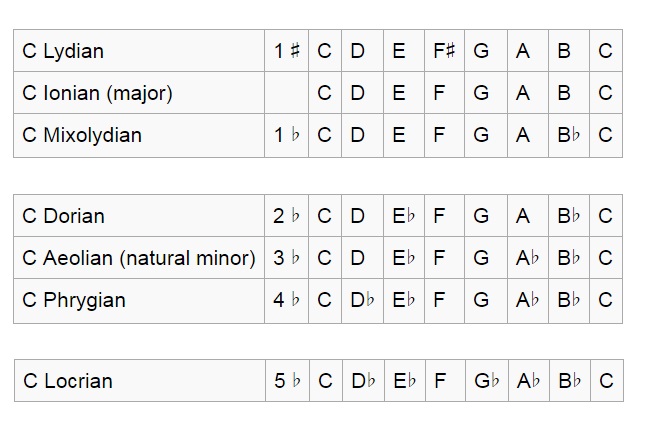OK, so if I’m going to do an independent project totally on my own, I can take it in the exact direction I want rather than trying to meet someone else’s standards. Which is kind of a shame, because trying to meet standards & goals outside of my comfort zone could be a really good thing.
The main thing I’m interested in now is music for video games and for other virtual environments (ex. background music for a virtual tour of an architectural building still in the planning phase). One of the different things about this kind of composition is the use of “stems”. You submit not only the finished piece but also its building blocks (the bass line, the melody line, the weird sci-fi sound effects line) which can be used by the game designer at will — like toppings on a pizza. Here layer parts one, two and three; here just one, here pile them all on.
In game design this is important because the software can be programmed to react to what the player is doing and increase the intensity of the music by using more of the stems layered together. (“Player approaches monster, is attacked and retreats; cue ‘Run Like Hell’ theme”.)
I have been working on my own, posting videos on Youtube. Eight of the videos take place in the planet exploration game of “No Man’s Sky”. It would be a great project to write some additional music to capture the mood of these planetary environments, and also take the compositions I’ve already written and work with them; break them down into stems, put them in official music notation. This will be a lot of work because when I mixed the songs last year I blended all the parts — I don’t have the individual stems anymore! I’ll have to re-create them. Also, I dread working with Finale. I have done it but believe me I would much rather eat kale. Raw kale. Tough raw kale. Kale doesn’t make me beat my head on the desk.
Another project I’ve started (but haven’t posted any examples of yet) are videos that take place in the medieval fantasy world of “Dark Souls”. For these I would like to use music from the repertoire but arranged for synth (by synth I mean any electronic reproduction of instrument sounds, including the realistic samples used in Garritan Instant Orchestra). One song is based on a MIDI file of Machaut’s “Rose, Liz, Printemps, Verdure”. I used a different instrument for each voice part and used dynamics to bring one instrument to the foreground, then take it back and bring another forward. This comes under “arrangement” rather than “composition” but it’s also something I want to learn about.
So here we go.
- Take notes on Emily Reese’s “Top Score” series. React to them.
- COMPOSE more music — for the sci-fi world of No Man’s Sky
- Take already composed music and make stems and scores
- ARRANGE music for the fantasy world of Dark Souls
- Read Winifred Phillip’s book A Composer’s Guide to Game Music
My “No Man’s Sky” playlist






